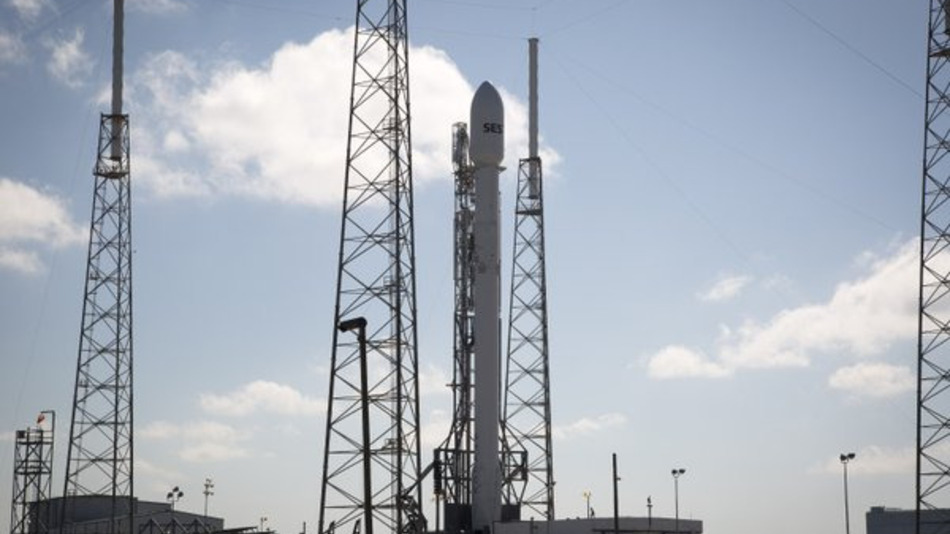-
Tips for becoming a good boxer - November 6, 2020
-
7 expert tips for making your hens night a memorable one - November 6, 2020
-
5 reasons to host your Christmas party on a cruise boat - November 6, 2020
-
What to do when you’re charged with a crime - November 6, 2020
-
Should you get one or multiple dogs? Here’s all you need to know - November 3, 2020
-
A Guide: How to Build Your Very Own Magic Mirror - February 14, 2019
-
Our Top Inspirational Baseball Stars - November 24, 2018
-
Five Tech Tools That Will Help You Turn Your Blog into a Business - November 24, 2018
-
How to Indulge on Vacation without Expanding Your Waist - November 9, 2018
-
5 Strategies for Businesses to Appeal to Today’s Increasingly Mobile-Crazed Customers - November 9, 2018
Falcon 9 launch successful, but at-sea landing fails again
– The fifth time was the charm for SpaceX as a Falcon 9 rocket shook off several delays and blasted a communications satellite into orbit through the Friday evening twilight.
Advertisement
The Falcon 9 soared into the skies above Cape Canaveral Air Force Station in Florida just after sunset at 6:35 p.m. ET (3:35 p.m. PT) after a smooth countdown.
The secondary test objective of SpaceX was to land the Falcon 9 rockets first stage on an ocean going barge about 300 miles offshore in the Atlantic Ocean. Four times SpaceX has attempted to launch the SES-9 communications satellite, and four times the rocket company had to scrub.
Update: The Falcon 9 rocket launched successfully, however it was not immediately clear that the first stage was able to land safely on the barge about 600km off the Florida coast.
“Didn’t expect this one to work (v hot reentry), but next flight has a good chance”, Musk later reported via Twitter more than an hour after liftoff.
About 32 minutes after liftoff, the satellite deployed, pushing away from the second stage of the rocket as employees at SpaceX’s Hawthorne headquarters cheered in the background. The expectations of a successful landing were low from the start of the mission.
Fortunately, SpaceX didn’t have high hopes of a safe landing, as a number of conditions required for delivering the satellite made it very unlikely. The unmanned barge on which the rocket was supposed to land on Friday is known as “Of Course I Still Love You”.
According to CEO Elon Musk, the rocket “landed hard” on the drone ship.
The satellite successfully reached its geostationary orbit more than 40,000km above the Earth, about 100 times as high as the International Space Station.
Meanwhile, the Falcon 9 first stage, instead of crashing into the ocean, re-oriented itself and executed a “boostback” burn to kill its suborbital hypersonic velocity, followed by a re-entry burn three minutes later to further slow it down. The rocket took a telecommunications satellite into space for SpaceX’s client called SES. In a pre-mission overview, it said that “a successful landing [was] not expected”.
Advertisement
SES has been among the young rocket company’s most bullish supporters, and it has told SpaceX that it is keen to fly a future satellite on a recovered and refurbished booster.




























